Are you doing too much?
As a small business owner it’s hard to juggle your work and personal life. It’s important to run your business effectively and still have a life outside the office. You need a good balance between work and play for your health and well-being. Small business owners often fall into the trap of working too hard, ending up exhausted from the constant work demands associated with their business management.
Why you need balance
Working too much without taking time out for yourself and your family can quickly become counterproductive. You’ll be tired, stressed and irritable, leaving you unable to perform optimally and your business management will suffer. As a result, you’ll be more likely to make mistakes and snap at people who are important to you and your business.
Some dangers of overworking include:
- Missing opportunities because you’re too busy.
- Being short-tempered with your staff, affecting their attitude and performance.
- Treating your family poorly, resulting in an uncomfortable home life.
- Working to the point of burn out or illness.
- Losing the passion that prompted you to start your business in the first place.
Avoid burn out
There are a number of things you can do to scale down your workload and regain a sense of balance; some of the following will help.
Start delegating
Delegating will take some of the pressure off you, free up time for more urgent and important tasks and allow you some leisure time to relax.
Create good systems
Develop a clear operations manual for each process in your business. When set up, this will let you and key staff take a break; it will also streamline training when someone new joins the business.
Stretch and walk
Take a few minutes every so often to get up from your desk to stretch and go for a walk. It’s good for your body and will help you stay focused.
Talk to your family
Ask them for suggestions and input – they’ll probably see things that you can’t.
Network with other business owners
Chat to other business owners who seem to be working normal hours. You’ll stop feeling so isolated and you might get some valuable advice.
Take mini breaks
Schedule mini breaks in your diary such as taking a day off once a month, a week off every 12 weeks, or perhaps take every second Friday off.
Re-evaluate your client base
Do you have customers who take up far too much of your time for very little gain? Find a polite way to stop doing business with them or pass them on to staff members to deal with.
Stay motivated
Staying passionate and motivated to do your best in your business is important. If you find you just don’t have the energy you once had, your staff and business will suffer. Take action before you start to enter a negative downward spiral.
You could try the following:
- Set exciting and challenging new goals.
- Share your goals with your staff so everyone understands what you want to achieve.
- Set measurable ‘stepping stones’ to the main goals and celebrate each achievement.
- Refresh your daily routine. Allocate time in your diary for key daily activities such as checking emails, meetings, and visiting clients.
By staying motivated and avoiding burnout you’ll have the foundations in place to enjoy running your business again, while also retaining a fulfilling life outside of work.
If you need help with Business Management in Perth, call us today on 9204 3733 or Contact Us – we will be happy to help. We can offer our Management Consulting service which can assist you.








